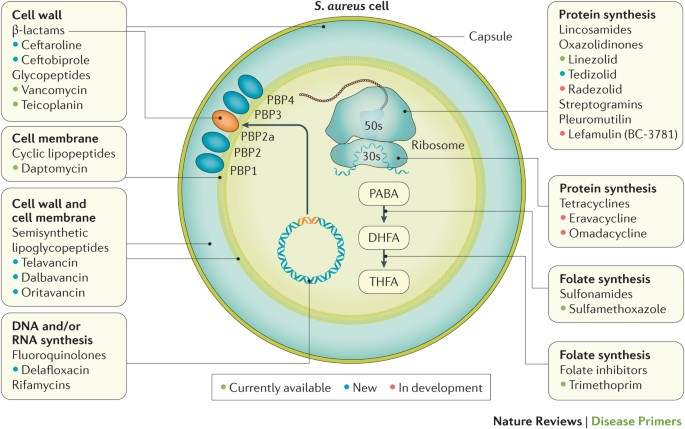With the use of AI, scientists have been able to discover new antibiotics for the first time in 60 years, which is a massive breakthrough in the field of medicine. Using more transparent deep learning models, researchers discovered a new class of medications for “drug-resistant Staphylococcus aureus (MRSA) germs.”
The discovery of a novel molecule capable of killing a “resistant to drugs bacterium,” which kills thousands of people globally each year, could be “an applause-worthy moment in the fight against antibiotic resistance.”
“The insight here was that we could see what was being learned by the models to make their predictions that certain molecules would make for good antibiotics,” said James Collins, a Medical Engineering and Science professor at the Massachusetts Institute of Technology (MIT) and one of the study’s authors, in a statement. “Our work provides a time-efficient, resource-efficient, and mechanistically insightful framework from a chemical-structure standpoint in ways that we haven’t had to date.”

A group of twenty-one researchers contributed to the publication of the findings in the 20 December issue of Nature. The study’s goal was to “unlock the black box.” Using a deep-learning algorithm, the project team anticipated the novel compound’s action and toxicity.
Deep learning is a method in which artificial neural networks are trained to automatically discover and represent data features without the need for explicit programming. It’s being used increasingly in drug discovery for faster identification of promising drug candidates, anticipating their qualities, and optimizing drug development. Here, the researchers zeroed their focus on MRSA or methicillin-resistant Staphylococcus aureus.
A methicillin-resistant Staphylococcus aureus infection can cause anything from a minor skin infection to pneumonia or bloodstream infection, both of which can be pretty dangerous. ECDC (The European Centre for Disease Prevention and Control) reports that almost 35,000 individuals die each year in the European Union as a result of infections that are resistant to antimicrobials and that nearly 150,000 cases of methicillin-resistant Staphylococcus aureus are reported each year.
The MIT researchers trained a vastly enhanced deep learning model using larger datasets. To generate the training data, roughly 39,000 compounds were tested for MRSA antibiotic activity. After that, the model was fed the collected data along with information on the compounds’ chemical structures.

“What we set out to do in this study was to open the black box. These models consist of very large numbers of calculations that mimic neural connections, and no one knows what’s going on underneath the hood,” said Felix Wong, a postdoctoral researcher at MIT and Harvard and one of the study’s lead authors.
The Discovery of a New Compound
The researchers used three further deep-learning models to refine their selection of prospective medications. The models in question were trained to evaluate chemical toxicity on three distinct kinds of human cells.
The researchers identified chemicals capable of successfully battling bacteria while causing minimal harm to the human body by combining these “toxicity predictions” with previously proven antimicrobial activity. Around 12 million commercially accessible compounds were screened using this collection of models. The models found chemicals from five distinct groups with anticipated MRSA activity based on unique chemical substructures inside the molecules.
Researchers then obtained approximately 280 of these chemicals and tested them in a controlled environment against MRSA. Using this method, they were able to find two potential antibiotic candidates belonging to the same class.
Both the skin and systemic infection models of methicillin-resistant Staphylococcus aureus (MRSA) in mice showed a tenfold reduction in MRSA populations after treatment with these chemicals.




